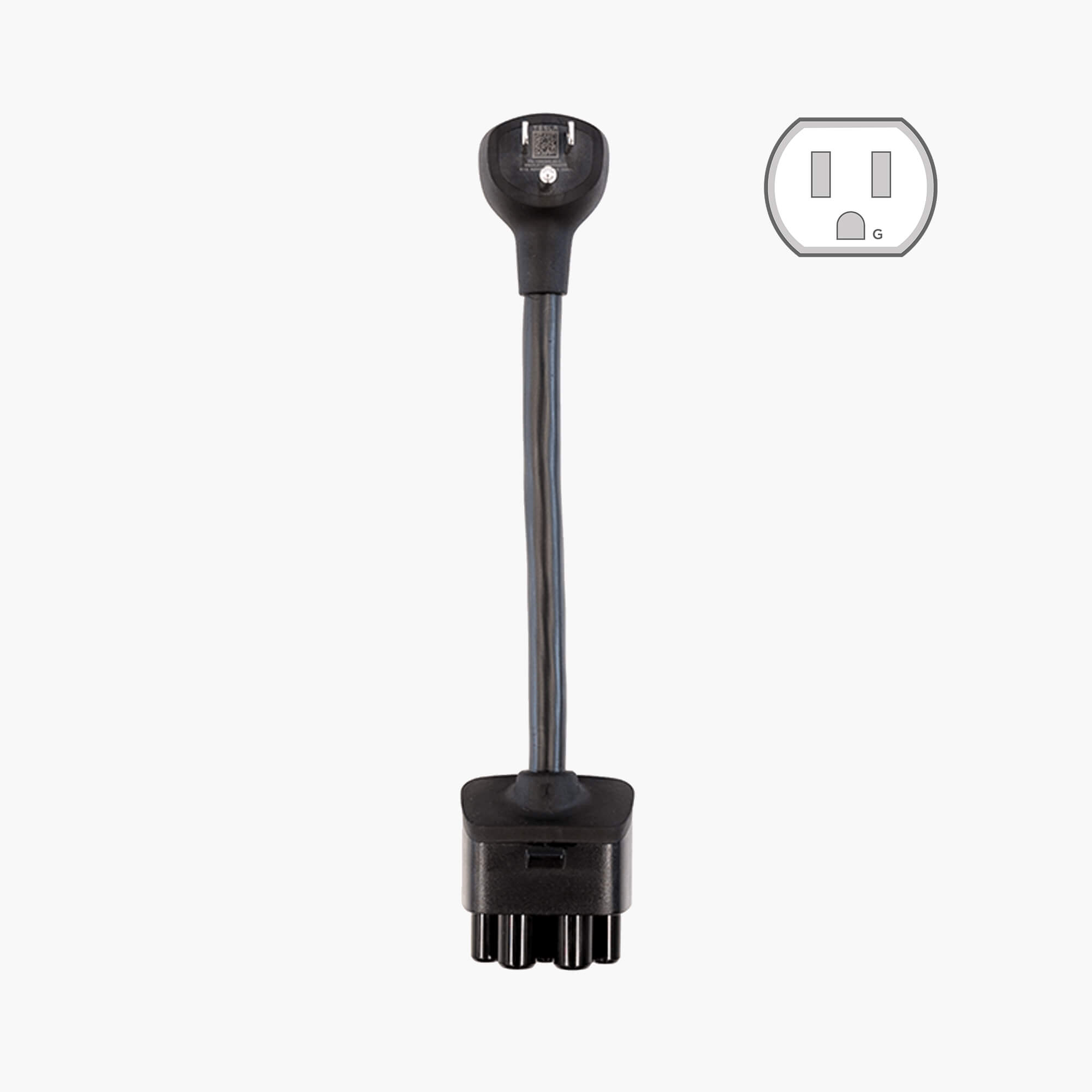I was in the same scenario. 100A panel. Lots of breaker space available but not a lot of current capacity available. I got a permit and installed a NEMA 14-30 with (hopefully obviously) a 30A 2-pole breaker.
With a 100A panel you are limited to 80% of the max capacity of your main breaker, which means 19,200 watts total draw. You have to do a load calculation based on your square footage of your house as well as what appliances you have now. If you aren't comfortable doing that, you really should call a pro IMHO. My load worked out to 18,000 watts with the 30A breaker. A 50A would have been too much.
Everyone on this forum will tell you go with the 50A if you can, and while they aren't wrong, it's likely more than you will need for daily driving. I was charging on 115V 15A for the last three months until I got the new circuit fired up. Unless I went on a road trip, it was fine. With 240V 30A I can recharge overnight basically in any situation. 50A would be nice, but I didn't have room in the panel, and 30A is plenty.
Just because the Tesla can be set manually to charge at a reduced amperage doesn't make it right to put a circuit too big for your panel in. It would be against code, you could possibly have insurance issues if there ever was a problem, and you can't guarantee what will be plugged into that circuit in the future. Maybe someone will plug in a welder or something.



